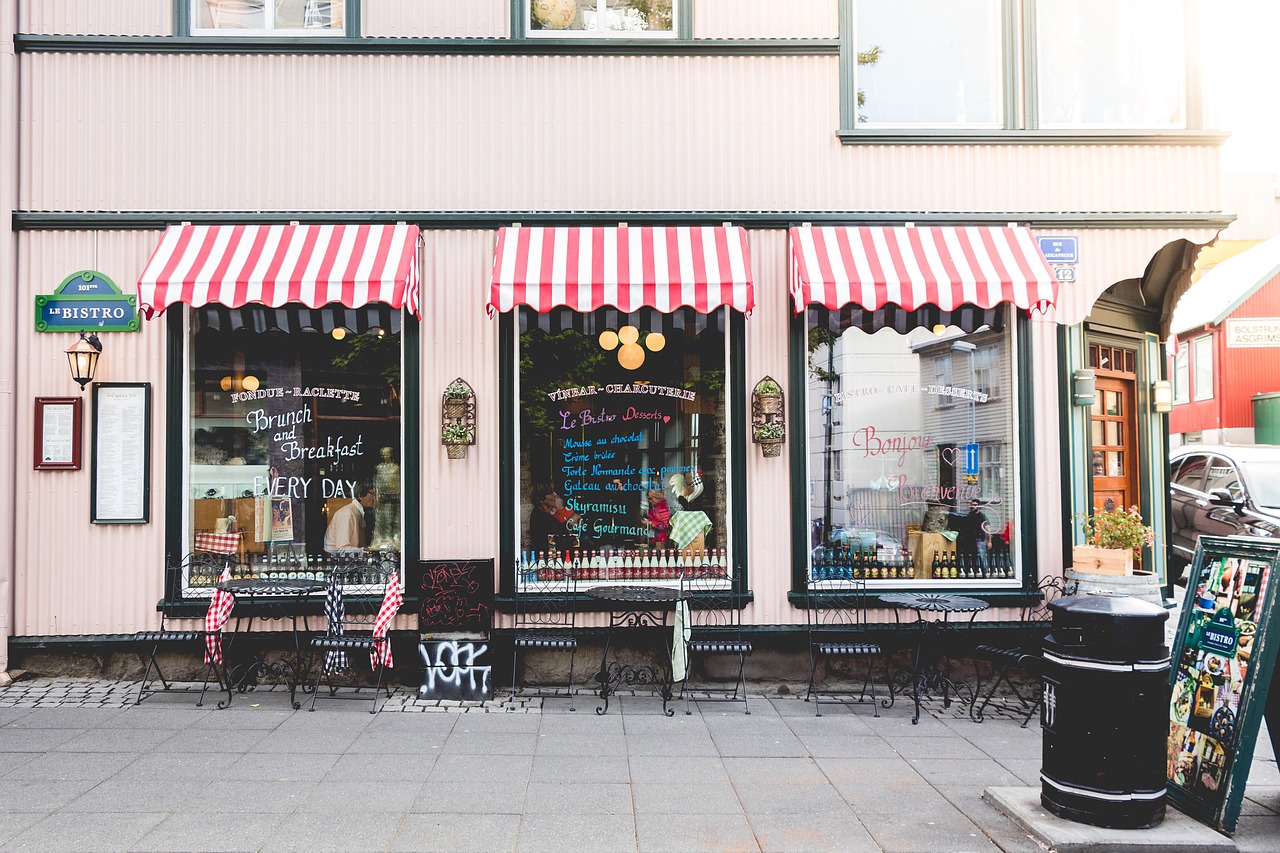Financing your retail business may not be as difficult as you think. Getting a retail business loan does require some preparation; you want to make sure that your financials are in order, and you may want to think about putting together a business plan. But especially now, with alternative and online lenders eagerly working with America’s small businesses to help ease the crisis that we’ve all experienced, there is help out there. In this brief guide, we will look at what is involved with getting a retail business loan, the different types of loans that may be available to you, and the steps that you need to take to apply for such a loan.
What Can A Retail Business Loan Be Used for?
Contrary to popular belief, a retail business loan does not have to be used for just one or two specific things. Depending on the lender you work with, the commercial loan that you get for your company can be used for many things. Among some of the more common uses for retail business loans are:
• Payroll and employment taxes
• Launching a new marketing campaign
• Rolling out a new product
• Purchasing and/or updating equipment
• Building out your current storefront
• Purchasing/renting a larger space
• Buying inventory in bulk
• Buying supplies
• Paying down existing debt

As you can see, the list is pretty broad—as long as the funds are going toward the business, generally speaking, then it is okay. Again though, this could depend on the lender. More traditional lending institutions, for example, will be more stringent in terms of what can be purchased with a retail business loan. So you want to do some research in terms of lenders and various types of lending companies.
Different Types of Retail Business Loans
When you apply for a retail business loan, keep in mind that a few different options are available. The question is, how do you choose the right retail loan for your store? Below is a breakdown of the various types of commercial financing solutions that you might explore.
Short-term loans: As the name suggests, short-term loans are for things that you might need to do/purchase in the immediate future. So, for example, let’s say your storefront needs a new roof and you don’t have enough cash on hand to cover the cost. You could apply for a short-term loan through an online lender and get the money within a couple of days. Payments would be weekly, bi-weekly, or monthly depending on the loan terms and fixed prices. These loans can come with higher interest rates, but again you are paying the amount off over a shorter time frame. The payback period generally ranges from 6 months to 18 months (though some can be longer).
SBA loans: SBA loans are another popular option as far as retail financing goes. SBA loans are backed by the Small Business Association (SBA), meaning, if the business defaults, the SBA will guarantee the loan up to a certain percentage. This way, lenders take less risk because they will get a portion of the funds back should the business fail to pay. You have to meet the SBA’s small business guidelines. And the process could take a bit longer than with some other loan types, so if you need cash immediately, this might not be the best solution for you. However, interest rates are pretty attractive with SBA loans.
Equipment loans: Another standard option, as far as retail business loans, another standard option is equipment loans. Many are under the impression that these loans are for heavy machinery or larger manufacturing equipment. That is not necessarily the case–though borrowers can use them for those purchases. Many equipment purchases can be made using an equipment loan, and this is precisely why it may be the ideal lending option for your retail business. For example, you can buy software for your business, invest in a POS system, and purchase the tools needed with an equipment loan. The point is that the equipment can be of a smaller variety.
Line of credit: Business lines of credit can undoubtedly come in handy for a retail business. The good thing about getting a business line of credit is that you only pay on what you draw out. So, for example, if you are approved for a 50k line of credit, but in a given year, you only use 15k, the interest you pay will be on that 15k, not on the entire line amount. This is a great financing solution, as the money is there when you need it. So in the future, if expenses do come up, you have that line as a financial safety net.

Getting Approved for a Retail Business Loan
The process of applying for and ultimately getting approved for a retail business loan is not as complicated as many may think. The key here is to be organized, have your documents ready to go, and ensure that everything is up to date—from your financial statements to your credit report.
• You will first generally fill out an online application (if working with a more traditional lender this may not be an option)
• You will be asked to submit a series of documents; this can include financial statements, tax returns, business licenses, any leases you have, articles of incorporation, among other forms/info they require.
• Depending on the loan type, collateral could be required.
• Lenders vary as far as underwriting and processing times; some can get you the funds in as little as 2 days.
First Union Lending Wants to Help!
We are here for America’s small businesses. We’ve worked with numerous businesses across a variety of sectors; our goal is to see our clients thrive and grow. This is why we do what we do. If your retail business requires additional working capital, we can help. Call today and let’s get started!
